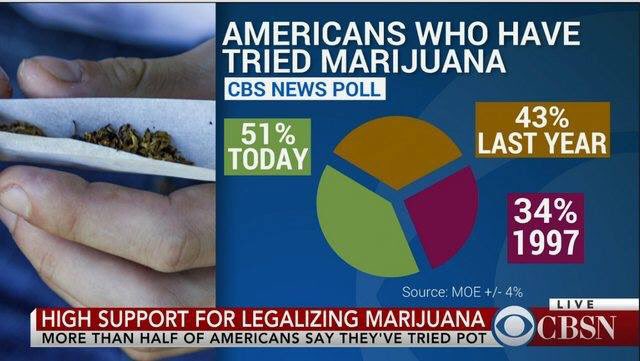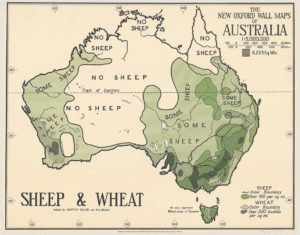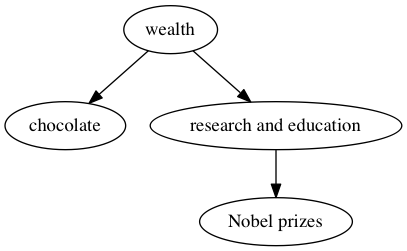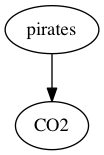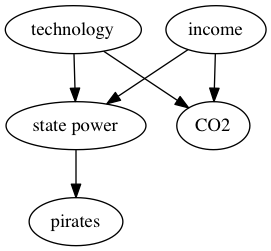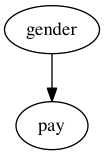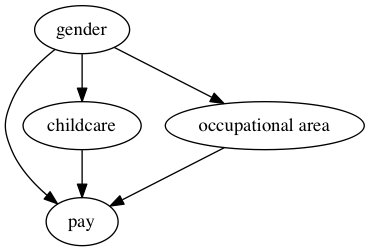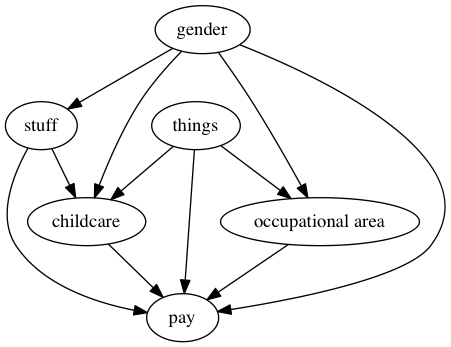Super 18 Predictions for Round 4
Team Ratings for Round 4
The basic method is described on my Department home page.
Here are the team ratings prior to this week’s games, along with the ratings at the start of the season.
| Current Rating | Rating at Season Start | Difference | |
|---|---|---|---|
| Hurricanes | 16.98 | 13.22 | 3.80 |
| Chiefs | 11.28 | 9.75 | 1.50 |
| Highlanders | 8.08 | 9.17 | -1.10 |
| Crusaders | 8.08 | 8.75 | -0.70 |
| Lions | 6.71 | 7.64 | -0.90 |
| Waratahs | 2.92 | 5.81 | -2.90 |
| Brumbies | 2.89 | 3.83 | -0.90 |
| Stormers | 2.68 | 1.51 | 1.20 |
| Sharks | 2.05 | 0.42 | 1.60 |
| Blues | 0.88 | -1.07 | 2.00 |
| Bulls | -0.76 | 0.29 | -1.00 |
| Jaguares | -2.83 | -4.36 | 1.50 |
| Cheetahs | -7.01 | -7.36 | 0.40 |
| Force | -8.10 | -9.45 | 1.40 |
| Reds | -9.14 | -10.28 | 1.10 |
| Rebels | -12.37 | -8.17 | -4.20 |
| Kings | -19.01 | -19.02 | 0.00 |
| Sunwolves | -20.42 | -17.76 | -2.70 |
Performance So Far
So far there have been 26 matches played, 18 of which were correctly predicted, a success rate of 69.2%.
Here are the predictions for last week’s games.
| Game | Date | Score | Prediction | Correct | |
|---|---|---|---|---|---|
| 1 | Chiefs vs. Hurricanes | Mar 10 | 26 – 18 | -3.60 | FALSE |
| 2 | Brumbies vs. Force | Mar 10 | 25 – 17 | 15.40 | TRUE |
| 3 | Sharks vs. Waratahs | Mar 10 | 37 – 14 | 0.40 | TRUE |
| 4 | Blues vs. Highlanders | Mar 11 | 12 – 16 | -3.70 | TRUE |
| 5 | Reds vs. Crusaders | Mar 11 | 20 – 22 | -14.70 | TRUE |
| 6 | Cheetahs vs. Sunwolves | Mar 11 | 38 – 31 | 18.80 | TRUE |
| 7 | Kings vs. Stormers | Mar 11 | 10 – 41 | -16.50 | TRUE |
| 8 | Jaguares vs. Lions | Mar 11 | 36 – 24 | -7.90 | FALSE |
Predictions for Round 4
Here are the predictions for Round 4. The prediction is my estimated expected points difference with a positive margin being a win to the home team, and a negative margin a win to the away team.
| Game | Date | Winner | Prediction | |
|---|---|---|---|---|
| 1 | Crusaders vs. Blues | Mar 17 | Crusaders | 10.70 |
| 2 | Rebels vs. Chiefs | Mar 17 | Chiefs | -19.70 |
| 3 | Bulls vs. Sunwolves | Mar 17 | Bulls | 23.70 |
| 4 | Hurricanes vs. Highlanders | Mar 18 | Hurricanes | 12.40 |
| 5 | Waratahs vs. Brumbies | Mar 18 | Waratahs | 3.50 |
| 6 | Lions vs. Reds | Mar 18 | Lions | 19.80 |
| 7 | Sharks vs. Kings | Mar 18 | Sharks | 24.60 |
| 8 | Jaguares vs. Cheetahs | Mar 18 | Jaguares | 8.20 |
